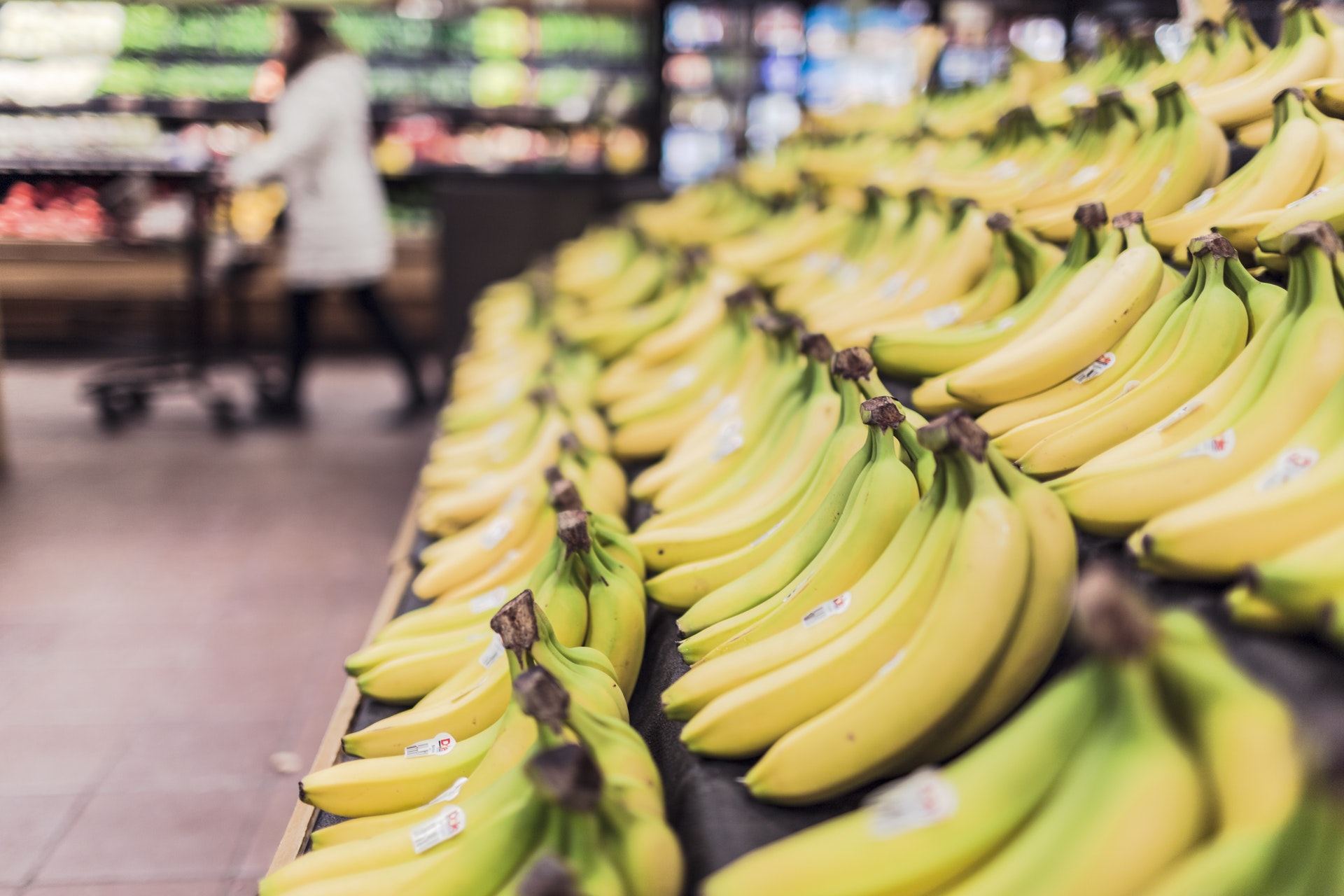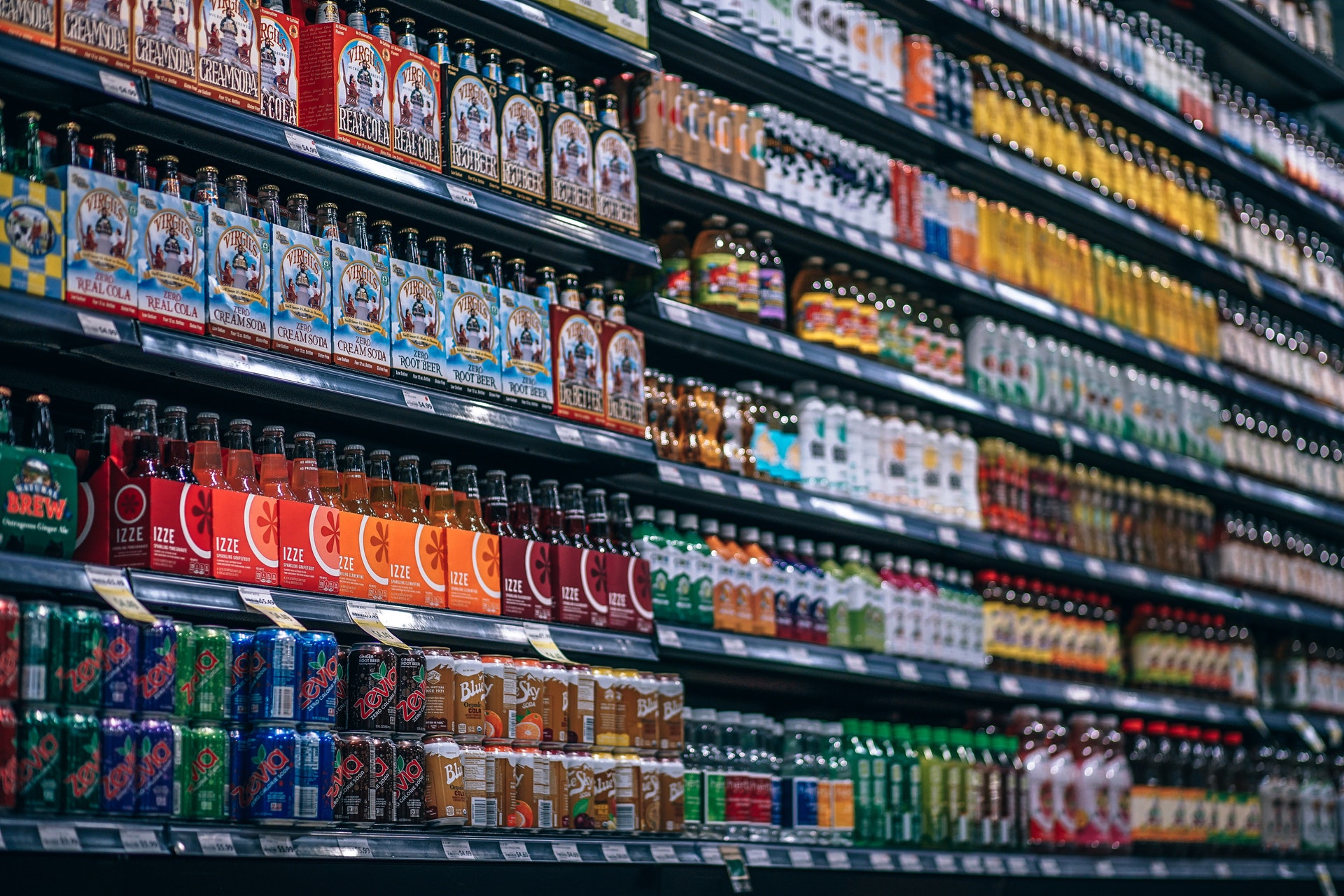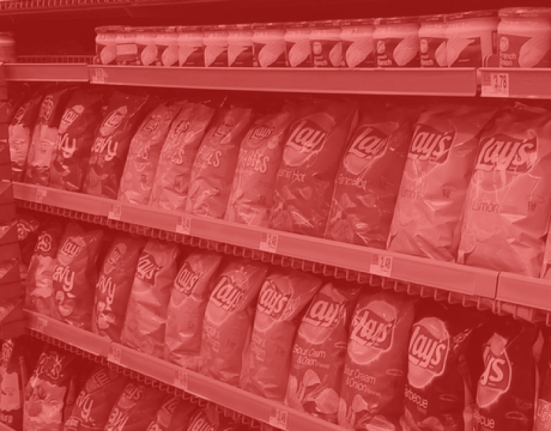The once overflowing well of brick and mortar retail sales is drying up to no more than a puddle and once prosperous retail leaders have been reduced to standing outside of their storefronts, begging passersby to cross the threshold and experience their stores.
Obviously, this is an exaggeration, but if you listen to retail “experts” as of late, you wouldn’t know how much of a stretch this is. The world of brick and mortar retail still accounts for the vast majority of consumer spending, and there are some segments of the retail industry that are not only going strong, but are here to stay.
Grocery is one of those segments. Shoppers will – at least for the foreseeable future – need a local place of business from which to buy their consumables, packaged goods, frozen foods, and fresh produce. But, while grocery isn’t going anywhere, which grocers shoppers choose to spend their money with is shifting and it’s time to take notice.
This will be a crucial year for grocery. Some in the industry are calling it a “leap-frog year,” where those that can’t compete will be “hopped over” and surpassed as today’s savvy grocers double down on their efforts.
Is That an Experience Next to the Avocados?
What will make the difference in the space this year is the attention that grocers pay to the overall Customer Experience (CX). Traditionally, supermarkets and grocers have fared well in this aspect of the business, as there’s historically been a lot of focus on merchandising and displays.

What has changed now is that shoppers – specifically younger shoppers – are more willing to part with their hard earned dollars on those in retail that maximize their experience. By thinking about and then measuring what the shopping experience means for today’s shoppers, grocers specifically cannot only attract a new shopper base but boost average purchase value and keep shoppers happily coming into the store for the best retail experience.
One Delivery of Kitty Litter Coming Right Up!
One of the most pressing reasons for retailers to step up the overall in-store experience is the small, but rapidly growing, adoption of online grocery shopping. eCommerce, in general, has hovered at roughly 10 percent of total retail sales for the past couple of years, and online food and beverage sales are not forecasted to exceed three percent of total eCommerce sales in 2018. But other staple products like shampoo, dryer sheets, kitty litter, and more (the things we have to buy) are growing rapidly.
Leaders in the space know this and that’s why Walmart is expanding grocery delivery from six markets to 100 this year alone. Amazon, in addition to buying Whole Foods (only after essentially killing FreshDirect), is now also offering grocery delivery in seven markets. So, while online is eventually going to account for a significant portion of grocery sales, for the time being the focus for grocers should be stepping up the in-store efforts and collecting as much data as possible from which to base intelligent decisions moving into the next five to seven years.
A Mom Walks into a “Value” Store
Just as grocery is in the midst of a monumental shift, shopper personas in the US have recently started to shift as well. There is now a clear divide between Premium shoppers and Value shoppers. When Lidl (traditionally a steep discounter) entered the US market, the impact was felt almost immediately as grocers in local markets were forced to cut their prices to compete. Overall, prices are down 9.3 percent in markets where Lidl has set up shop.
This deep discount segment of the market is expected to grow by eight to ten percent through 2020 and grocers will have to adapt or fall by the wayside. The impact of discount grocers in retail will not only affect the industry, but Mass Merch stores like Target will feel the blow as well. This is because shoppers will move to discount retailers as their preferred channel for household items like bleach, paper goods, birthday decorations, and other disposable products. Grocers can better compete in this space by collecting aisle-level pricing data and compiling pricing indexes for known value items, to help inform pricing decisions at the store level.
Friendly Grocers Are Passé; Intelligent Grocers Are “In”
As we consider some of the issues facing the grocery sector (and this is just the tip of the iceberg), there are a few approaches Wiser can offer to help grocers get a better foothold on the rapidly changing dynamics within the grocery space. Among these are implementing a comprehensive CX or Voice of the Customer program, gathering pricing data around KVI’s, and the collection of objective and subjective in-store data to help intelligently design your overall strategy.
By working with Wiser, grocers are able to identify which pillar of their retail strategy is the top priority, work with our team to develop a custom plan that best aligns with key goals, then quickly deploy a shopper-centric crowd of nearly a million users who can provide real-time visibility into the aisle and arm you with actionable data today.















